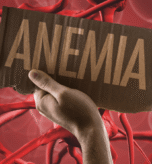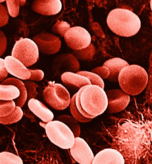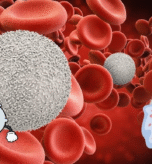Acne is a common skin condition that affects millions of people worldwide, causing inflammation, scarring, and emotional distress. While it’s most prevalent during adolescence, acne can persist into adulthood, requiring effective management and treatment. In this article, we’ll explore the causes of acne, discuss the best management strategies, and provide a comprehensive guide to treatment options.
Understanding Acne
Acne occurs when the pores on the skin become clogged with dead skin cells, oil, and bacteria. This leads to inflammation, causing the characteristic redness, swelling, and pus-filled pimples. There are several factors that contribute to acne, including:
1. Hormonal fluctuations: Changes in hormone levels, such as during puberty, menstruation, or pregnancy, can lead to increased oil production and acne.
2. Genetics: Family history plays a significant role in the development of acne.
3. Bacterial growth: The presence of Propionibacterium acnes (P. acnes) bacteria on the skin can contribute to acne.
4. Environmental factors: Exposure to pollution, humidity, and certain chemicals can exacerbate acne.
Management Strategies
While acne can be challenging to manage, there are several strategies that can help:
1. Keep your skin clean: Wash your face twice a day with a gentle cleanser to remove dirt, oil, and bacteria.
2. Use non-comedogenic products: Choose products labeled “non-comedogenic” or “oil-free” to reduce the risk of clogged pores.
3. Exfoliate regularly: Exfoliate once or twice a week to remove dead skin cells and unclog pores.
4. Avoid picking or popping pimples: This can lead to further inflammation, scarring, and prolonged healing time.
5. Maintain a healthy diet: Eat a balanced diet rich in fruits, vegetables, whole grains, and lean proteins to support skin health.
Treatment Options
For more severe or persistent acne, various treatment options are available:
1. Topical retinoids: Derivatives of vitamin A that help prevent clogged pores and reduce inflammation.
2. Benzoyl peroxide: A topical antibiotic that kills P. acnes bacteria and reduces inflammation.
3. Antibiotics: Oral or topical antibiotics that target P. acnes bacteria and reduce inflammation.
4. Hormonal treatments: For acne caused by hormonal imbalances, treatments such as birth control pills or spironolactone may be prescribed.
5. Isotretinoin: A powerful oral retinoid reserved for severe, treatment-resistant acne.
Natural Remedies and Alternative Therapies
While medical treatments are effective, some people may prefer natural remedies or alternative therapies:
1. Tea tree oil: A natural antibacterial agent that can help reduce inflammation and kill P. acnes bacteria.
2. Aloe vera: A soothing, anti-inflammatory agent that can help calm redness and irritation.
3. Probiotics: Beneficial bacteria that can support gut health and reduce inflammation.
4. Acupuncture: A traditional Chinese medicine technique that can help reduce stress and inflammation.
Conclusion
Managing acne-prone skin requires a comprehensive approach that incorporates lifestyle changes, management strategies, and treatment options. By understanding the causes of acne and adopting effective management strategies, individuals can reduce symptoms, improve skin health, and regain confidence. If you’re struggling with acne, consult with a dermatologist to develop a personalized treatment plan that suits your needs.



